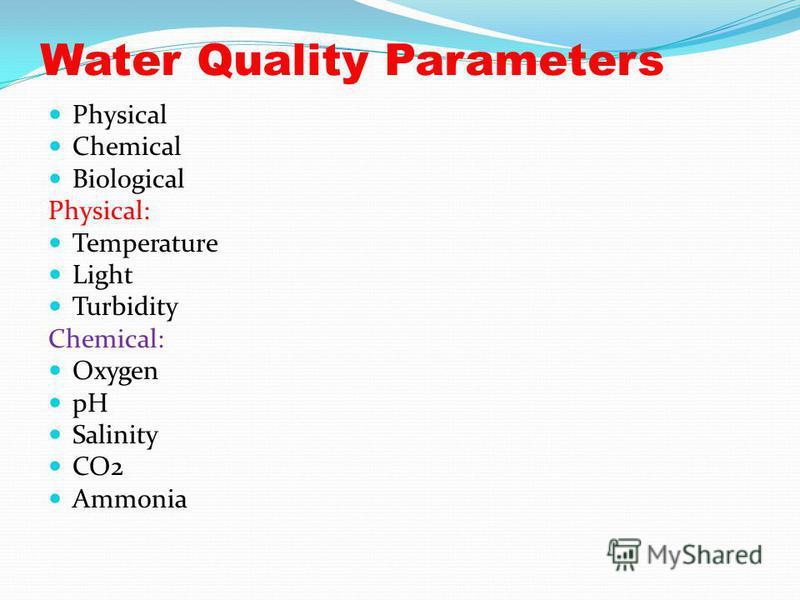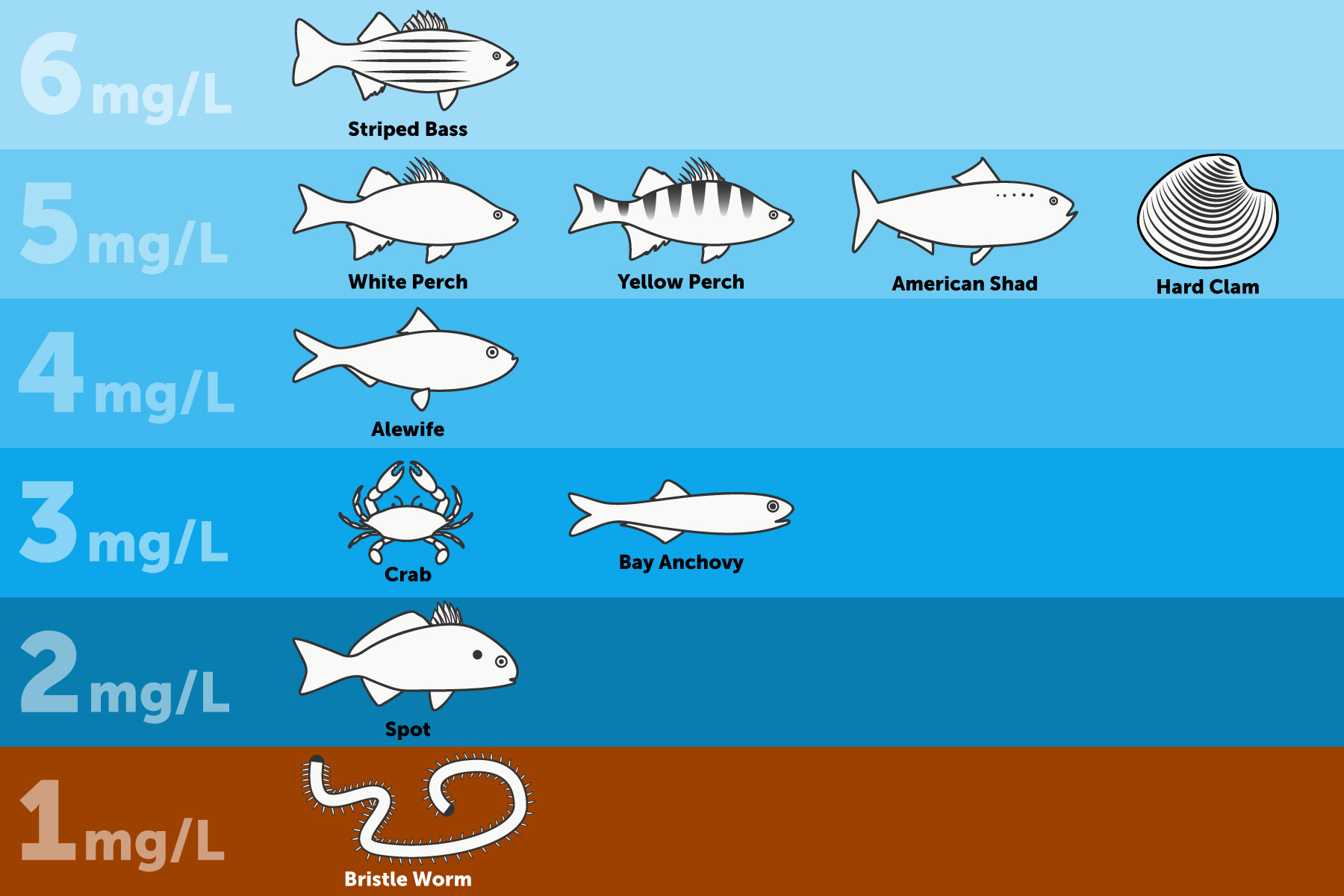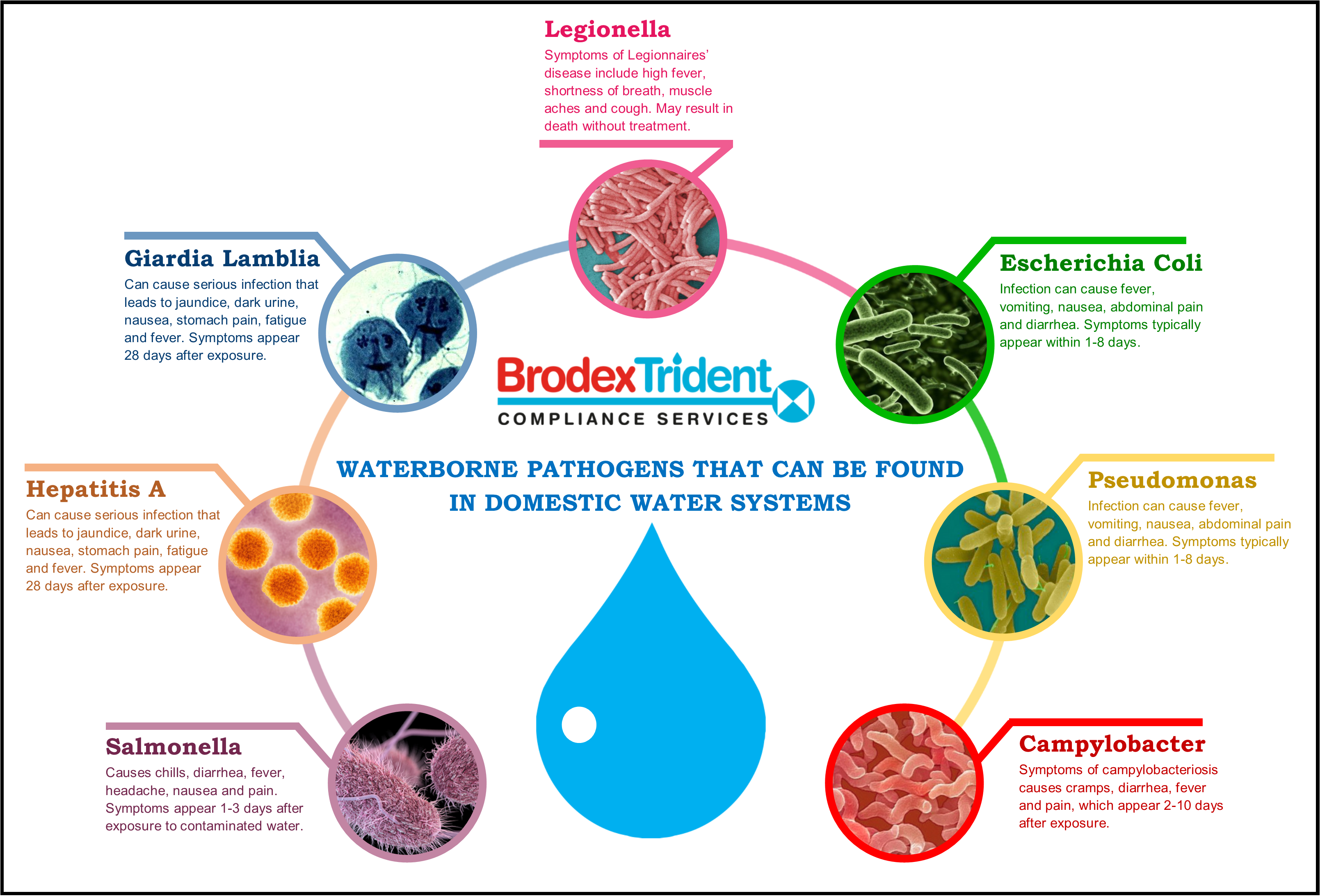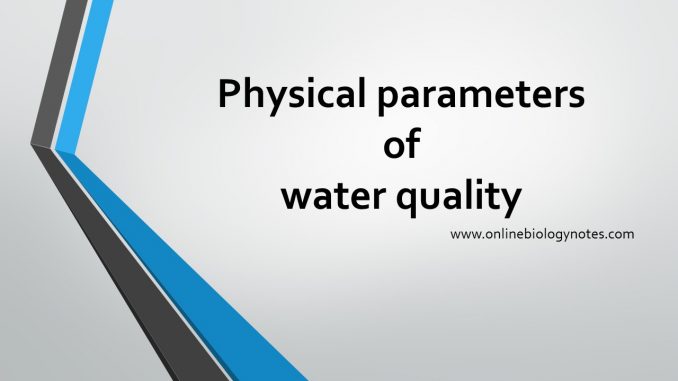Water Quality Parameters Presentation
| Introduction to Water Quality Parameters | ||
|---|---|---|
| Water quality parameters are specific characteristics used to assess the quality of water. These parameters are crucial for monitoring and managing water resources. Some common water quality parameters include temperature, pH, and dissolved oxygen. | ||
| 1 | ||
| Temperature | ||
|---|---|---|
| Temperature is an important water quality parameter as it affects the physical, chemical, and biological processes in water bodies. Elevated temperatures can negatively impact aquatic organisms and reduce dissolved oxygen levels. Monitoring temperature helps identify potential impacts from industrial discharges or climate change. | ||
| 2 | ||
| pH | ||
|---|---|---|
| pH measures the acidity or alkalinity of water. It is an essential parameter as it influences the solubility and toxicity of various substances in water. Changes in pH can harm aquatic life and affect the efficiency of water treatment processes. | ||
| 3 | ||
| Dissolved Oxygen (DO) | ||
|---|---|---|
| DO refers to the amount of oxygen dissolved in water and is crucial for aquatic organisms. Low DO levels can lead to fish kills and indicate pollution or excessive organic matter. Monitoring DO helps assess the health of aquatic ecosystems and the efficiency of wastewater treatment plants. | ||
| 4 | ||
| Turbidity | ||
|---|---|---|
| Turbidity measures the clarity or cloudiness of water caused by suspended particles. High turbidity can affect light penetration, aquatic plant growth, and the health of fish and other organisms. Monitoring turbidity helps evaluate water treatment processes and the impact of erosion or sedimentation. | ||
| 5 | ||
| Conductivity | ||
|---|---|---|
| Conductivity measures the ability of water to conduct an electric current and is related to the concentration of dissolved solids. It provides an indication of the overall mineral content or salinity of water. Monitoring conductivity is useful for assessing water quality in freshwater and marine environments. | ||
| 6 | ||
| Total Dissolved Solids (TDS) | ||
|---|---|---|
| TDS measures the total amount of dissolved substances in water, including minerals, salts, and organic compounds. Elevated TDS levels can affect water taste, interfere with industrial processes, and harm aquatic organisms. Monitoring TDS helps assess the suitability of water for drinking, irrigation, and industrial use. | ||
| 7 | ||
| Nutrients | ||
|---|---|---|
| Nutrients, such as nitrogen and phosphorus, are essential for plant growth but can cause water quality problems when present in excess. Excessive nutrient levels can lead to eutrophication, algal blooms, and oxygen depletion. Monitoring nutrient concentrations helps manage nutrient pollution and protect water quality. | ||
| 8 | ||
| Bacteria and Pathogens | ||
|---|---|---|
| Bacteria and pathogens in water can pose health risks to humans and animals. Monitoring bacterial indicators, such as coliforms, helps assess the presence of fecal contamination and the effectiveness of water treatment processes. Regular monitoring is crucial for ensuring safe drinking water and recreational water quality. | ||
| 9 | ||
| Conclusion | ||
|---|---|---|
| Water quality parameters play a vital role in assessing and managing the health of water resources. Regular monitoring of these parameters helps identify potential pollution sources, evaluate treatment processes, and protect aquatic ecosystems. By understanding and analyzing water quality parameters, we can ensure the availability of clean and safe water for future generations. | ||
| 10 | ||








